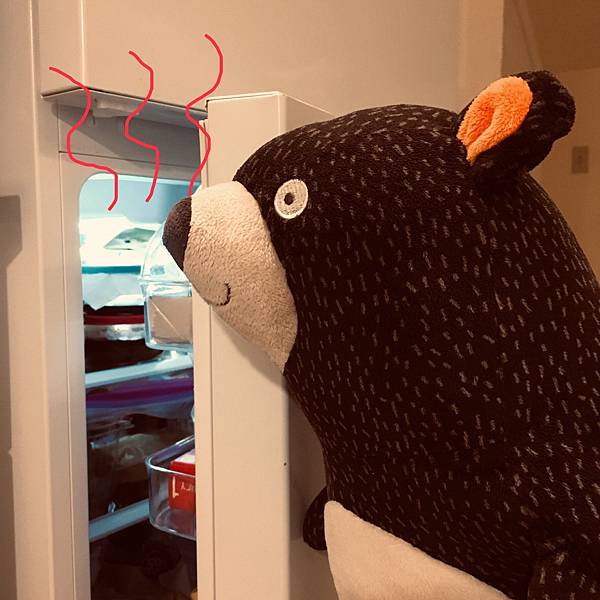這個月在《自然》期刊的一篇新聞報導統整了新冠肺炎爆發以來科學界對於新冠肺炎導致嗅覺和味覺喪失的研究[1]。對於新冠肺炎,最為眾人所周知的症狀,大概就是味覺和嗅覺喪失。如果只是發燒喉嚨痛,在尚未確診前,你或許還能自我安慰可能只是流感。一旦發現自己失去的味覺和嗅覺,大概就會開始覺得不太妙。這不僅只是你我的直覺,有文章提出以失去味覺和嗅覺作為新冠肺炎傳播程度的指標能更為提早準確的預測疫情爆發[2]。

但究竟有多少得新冠肺炎的人會喪失嗅覺和味覺呢?去年六月的針對8000人左右的研究發現大約有41%的人自覺失去了嗅覺,38%的人自覺失去味覺[3]。去年八月在伊朗的研究則發現,在近100人中有96%有嗅覺損傷,而其中有18%完全失去嗅覺[4]。
大約七成的人會在一個月後恢復嗅覺,而味覺喪失的人也大約有八成的人會在一個月後恢復[5]。另一項在英國的200人左右的研究發現有49%的人在一個月後嗅覺和味覺完全恢復,另外41%表示有改善,只有12%表示症狀沒有改變[6]。
而嗅覺和味覺喪失的原因並非大家猜測的是因為腦損傷的結果。研究發現新冠肺炎的病毒幾乎沒有入侵大腦[7]。而目前的研究指出,可能是支持嗅覺的支持細胞(sustentacular cells) 受到了感染而導致[8]。目前還不清楚關於味覺喪失的機制。
更多詳情,歡迎大家去看自然期刊的報導《COVID's toll on smell and taste: what scientists do and don't know. 》。
參考資料:
[1] Marshall, M. (2021). COVID's toll on smell and taste: what scientists do and don't know. Nature.
[2] Pierron, D., Pereda-Loth, V., Mantel, M., Moranges, M., Bignon, E., Alva, O., ... & Bensafi, M. (2020). Smell and taste changes are early indicators of the COVID-19 pandemic and political decision effectiveness. Nature communications, 11(1), 1-8.
[3] Agyeman, A. A., Chin, K. L., Landersdorfer, C. B., Liew, D., & Ofori-Asenso, R. (2020, August). Smell and taste dysfunction in patients with COVID-19: a systematic review and meta-analysis. In Mayo Clinic Proceedings (Vol. 95, No. 8, pp. 1621-1631). Elsevier.
[4] Moein, S. T., Hashemian, S. M., Tabarsi, P., & Doty, R. L. (2020, October). Prevalence and reversibility of smell dysfunction measured psychophysically in a cohort of COVID‐19 patients. In International forum of allergy & rhinology (Vol. 10, No. 10, pp. 1127-1135).
[5] Reiter, E. R., Coelho, D. H., Kons, Z. A., & Costanzo, R. M. (2020). Subjective smell and taste changes during the COVID-19 pandemic: Short term recovery. American journal of otolaryngology, 41(6), 102639.
[6] Boscolo-Rizzo, P., Borsetto, D., Fabbris, C., Spinato, G., Frezza, D., Menegaldo, A., ... & Hopkins, C. (2020). Evolution of altered sense of smell or taste in patients with mildly symptomatic COVID-19. JAMA Otolaryngology–Head & Neck Surgery, 146(8), 729-732.
[7] Meinhardt, J., Radke, J., Dittmayer, C., Franz, J., Thomas, C., Mothes, R., ... & Heppner, F. L. (2020). Olfactory transmucosal SARS-CoV-2 invasion as a port of central nervous system entry in individuals with COVID-19. Nature neuroscience, 1-8.
[8] Brann, D. H., Tsukahara, T., Weinreb, C., Lipovsek, M., Van den Berge, K., Gong, B., ... & Datta, S. R. (2020). Non-neuronal expression of SARS-CoV-2 entry genes in the olfaory system suggests mechanisms underlying COVID-19-associated anosmia. Science Advances, eabc5801.


 留言列表
留言列表
